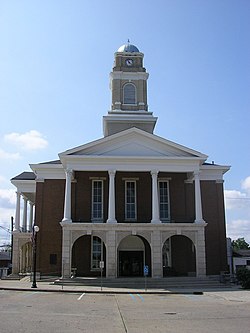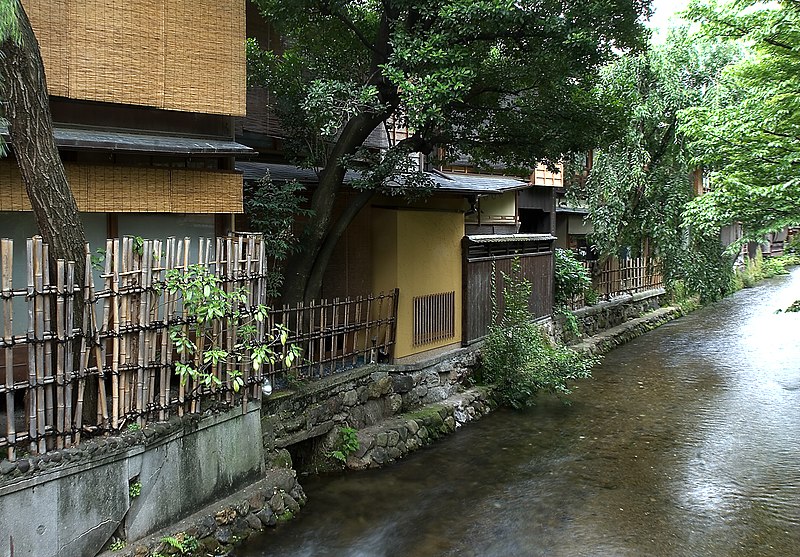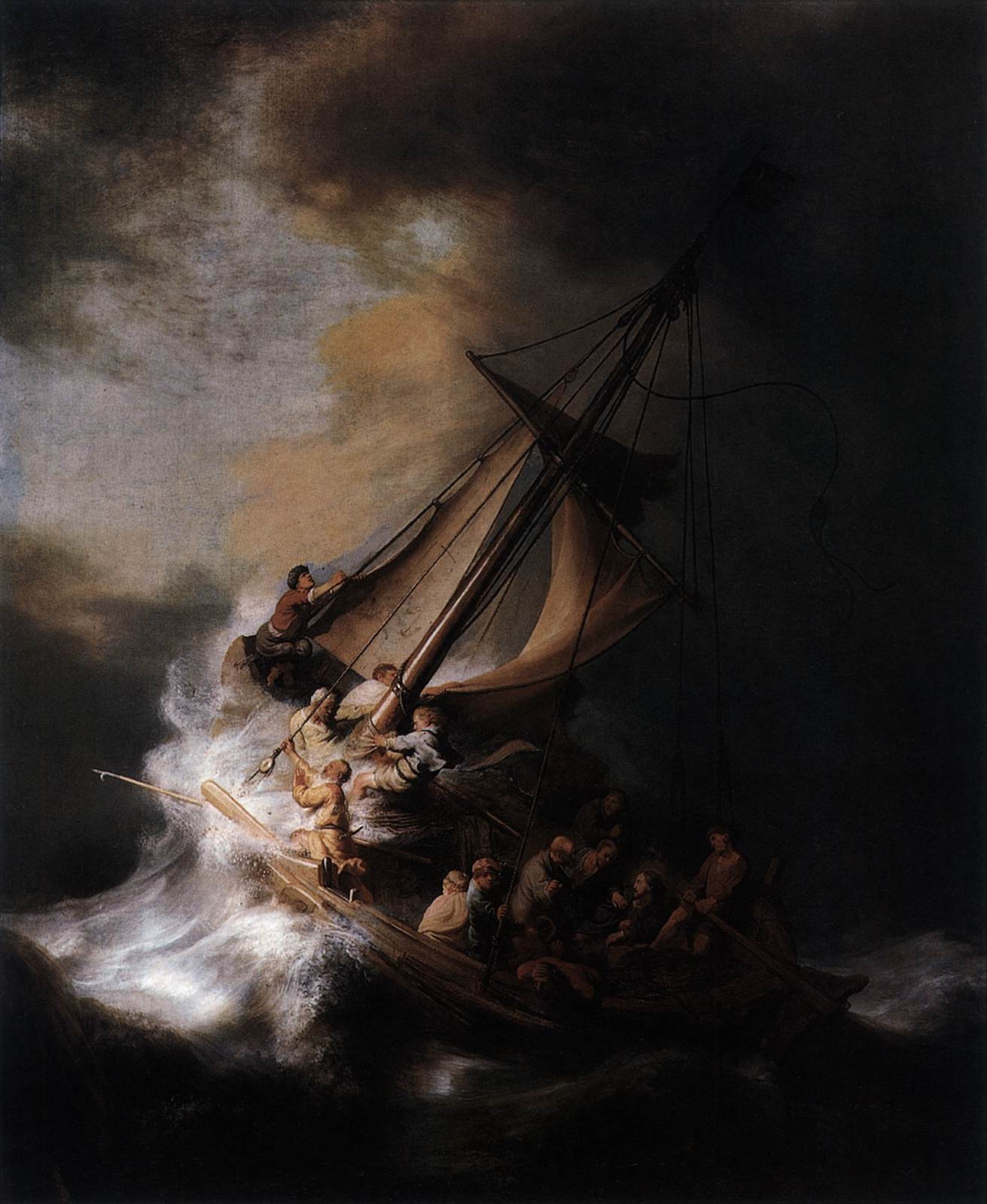Young Jew as Christ, Rembrandt, c.1656
Stattliche Museen, Berlin [Web Gallery of Art]
Readings
(New American Bible:
Philippines, USA)
Readings
(Jerusalem Bible: Australia,
England & Wales, India [optional], Ireland, New Zealand, Pakistan,
Scotland, South Africa)
Gospel Mark 6:7-13 (New Revised Standard Version, Catholic Edition, Canada)
Jesus called the twelve and began to send them out two by
two, and gave them authority over the unclean spirits. He ordered them to take nothing for their journey except a
staff; no bread, no bag, no money in their belts; but to wear sandals and
not to put on two tunics. He said to them, “Wherever you enter a house, stay there
until you leave the place. If any place will not welcome you and they refuse to hear
you, as you leave, shake off the dust that is on your feet as a testimony
against them.” So they went out and
proclaimed that all should repent. They cast out many demons, and anointed with oil many who
were sick and cured them.
Green Drove, Pewsey, with the Pewsey White Horse, south of the village
Today's gospel reminds me of experiences as a seminarian while on Peregrinatio pro Christo with the Legion of Mary, in St Anne's Parish, Edge Hill, Liverpool, in 1963, in St Fergus' Parish, Paisley, Scotland in 1965 and in Holy Family Parish, Pewsey, Wiltshire, England, in 1966. Peregrinatio pro Christo, or PPC, is a programme of the Legion of Mary that began in 1958 or 1959. Legionaries give up a week or two of their summer vacation to do full-time Legion work in another country. The name comes from the motto that inspired St Columban and many Irish missionary monks, Peregrinari pro Christo, 'to be a pilgrim for Christ'. Saint Pope John XXIII quoted this in a letter to the Irish Hierarchy in 1961 on the occasion of the Patrician Year, commemorating 1,500 years of the Catholic faith in Ireland. In the same letter he specifically referred to the involvement in this spirit of the Society of St Columban in Latin America. (Thanks to Shane for the link).
Many of us in the seminary, including some of the priests, used to go for a week or two during our summer break. Like the apostles, we depended on the hospitality of parishioners for board and lodging. In my three experiences I was in parishes and the main work was going from house-to-house in pairs, rather like what the Apostles were sent by Jesus to do in today's gospel. Legionaries never work alone. Occasionally people would close their door once we announced who we were but very few were impolite. Some would give us a warm welcome.
I remember one family we visited in Liverpool. They were lapsed Catholics and the parish records showed they were rather hostile to the Church. However, when the man who opened the door heard our Irish accents he began to tell us about his pleasant experiences on visits to Ireland. I spoke of this as an expression of our faith. We had a very friendly conversation with hi and when we leaving seemed to have let go of his hostility to the Church.
Garrard County Courthouse, Lancaster, Kentucky [Wikipedia]
As a young priest studying in the USA I had similar experiences in Lancaster, Kentucky, during the summers of 1969 and 1970. The parish priest, Fr Ralph Beiting, had college students from other parts of the USA work on various projects in his parish that covered nearly four counties and that had very few Catholics. There was still lingering prejudice against Catholics. One of the projects was to visit each home, in pairs, just as the Legion does, and introduce ourselves as being from the Catholic Church, and telling the people about our programmes. Again, the response was generally positive. In some rural homes we'd meet older people sitting on their rocking chairs on the veranda. They'd invite us to sit down and relax and would sometimes share a bit about their Bible-based faith. As we'd leave we'd hear the friendly farewell so common in the area, 'Y'all come back!'
Some of the programmes we invited children to were summer Bible schools and five-day vacations for poor children in a summer camp, boys one week and girls another week. Black and white children would be together at a time when this was rare in that part of the USA.
Only God knows what can result from going from house to house as a way of carrying the mission that Jesus gave to the Twelve and that he gives to us. He doesn't guarantee 'success' but simply sends us out in trust.
One of Father Beiting's summer apostolates for many years was street-preaching, very often with seminarians. On one occasion years ago he was driven out of one town at gunpoint but returned the next day, not to preach but simply to show himself. He was eventually not only accepted but welcomed. He, a Catholic priest, was continuing an old tradition in the area, the travelling preacher. He was one of the very few left. Fr Beiting, born on 1 January 1924, was ordained in 1949 and up to his late 80s he was still going strong. Here he is preaching during the summer of 2011. He died the following summer on 9 August 2012. What a wonderful example he was as a disciple of Jesus and as a Catholic priest!
A favourite hymn of Fr Beiting and of the people in Kentucky was The Old Rugged Cross, written in 1912 by Methodist evangelist George Bennard.














